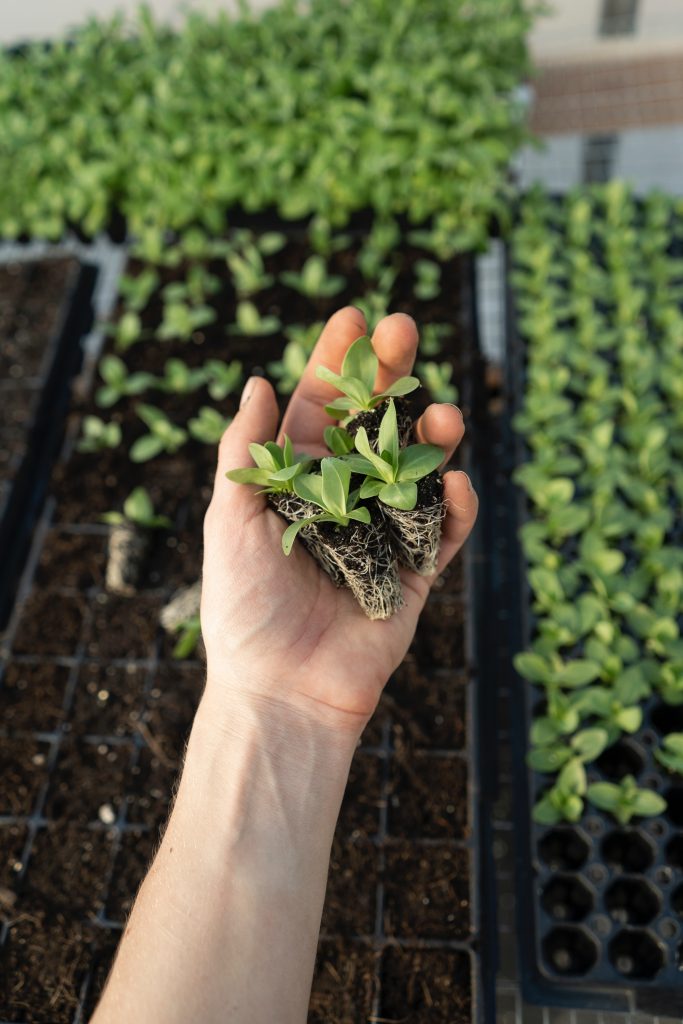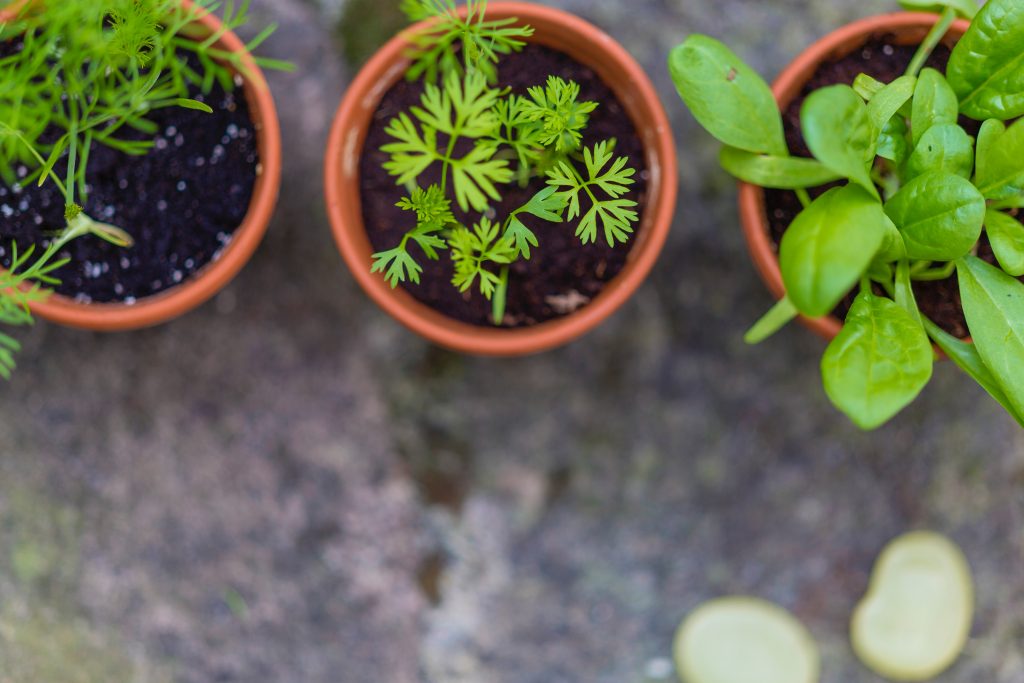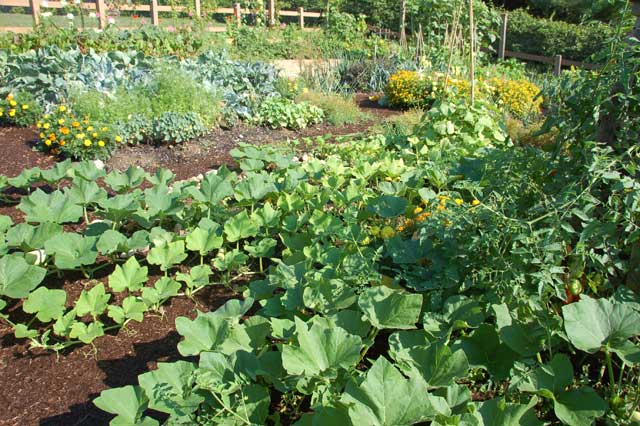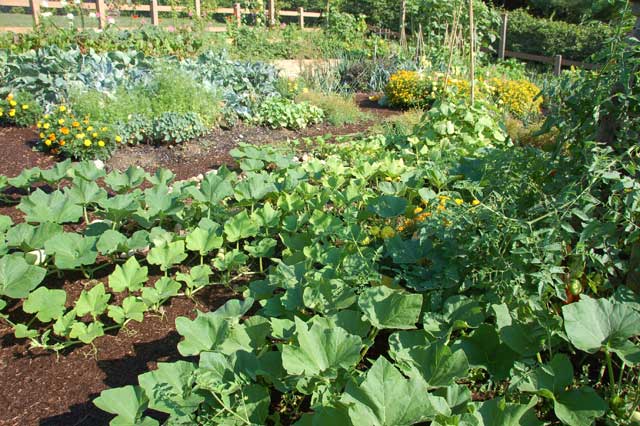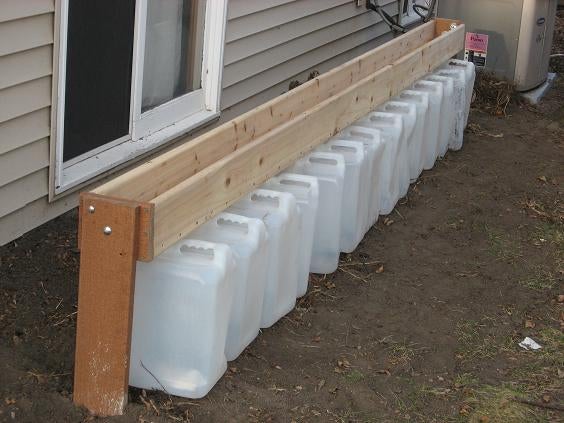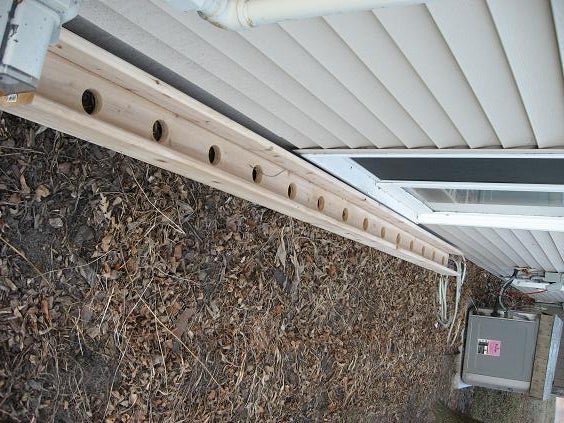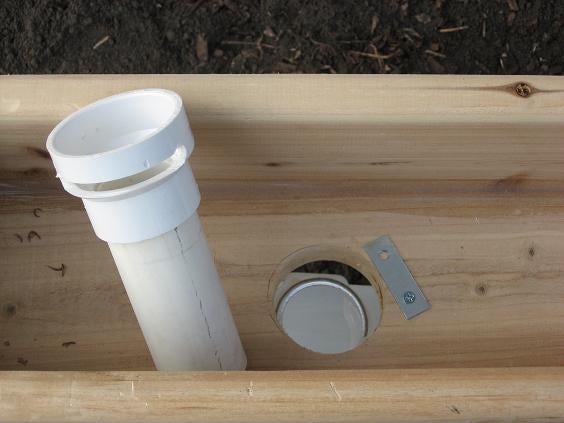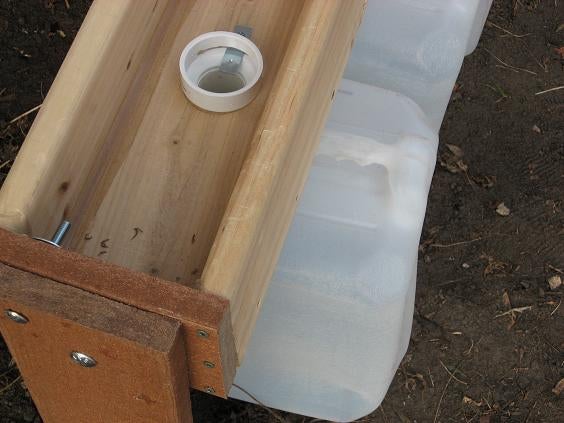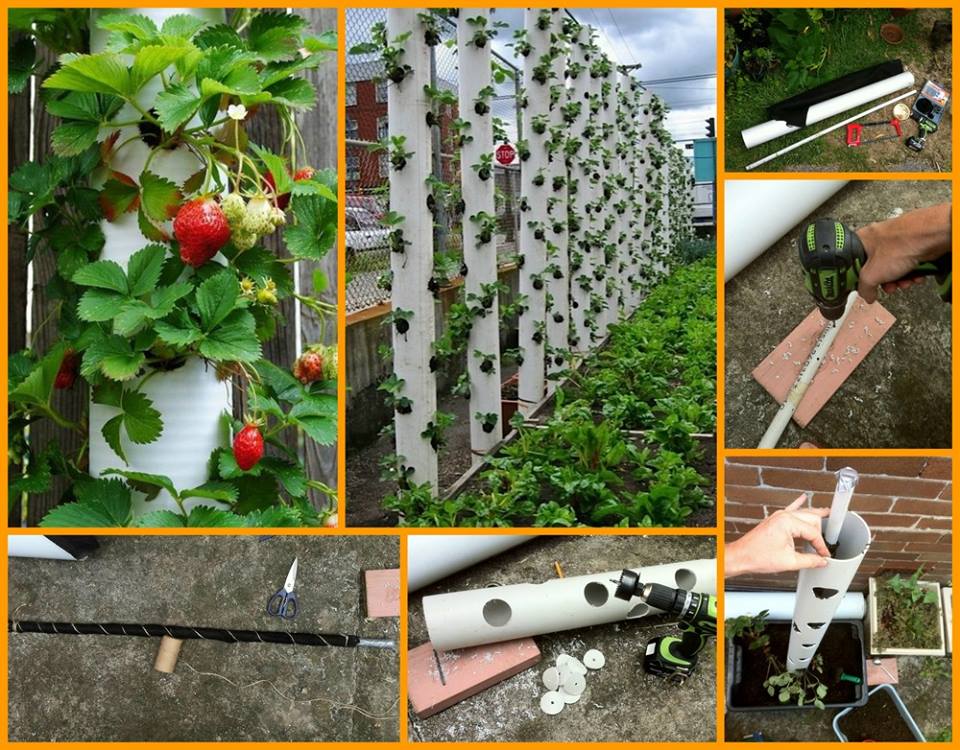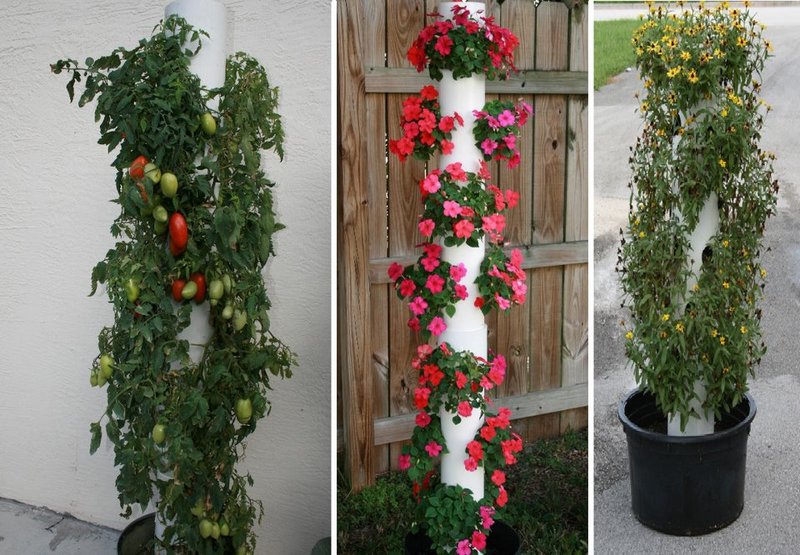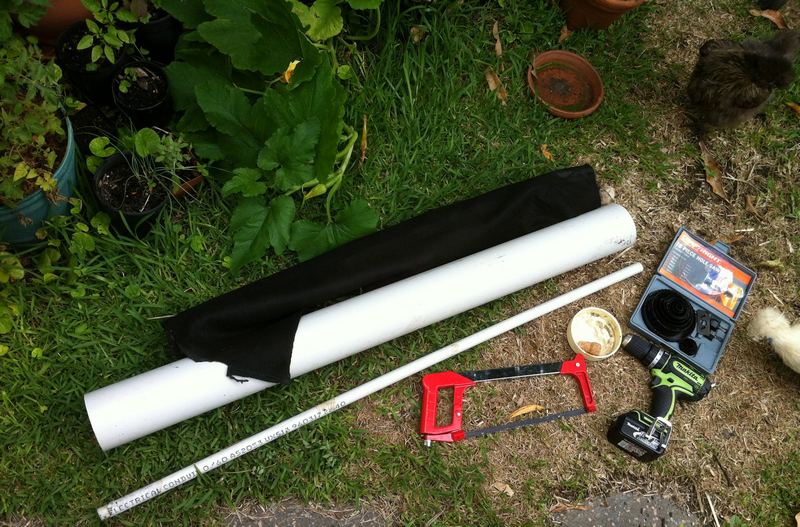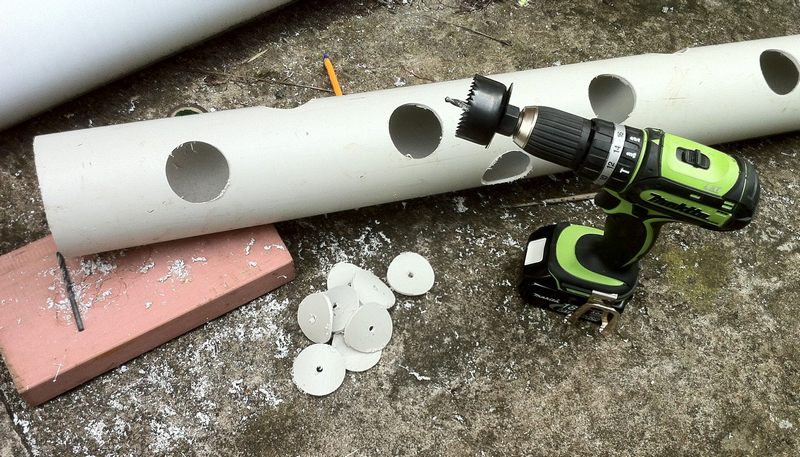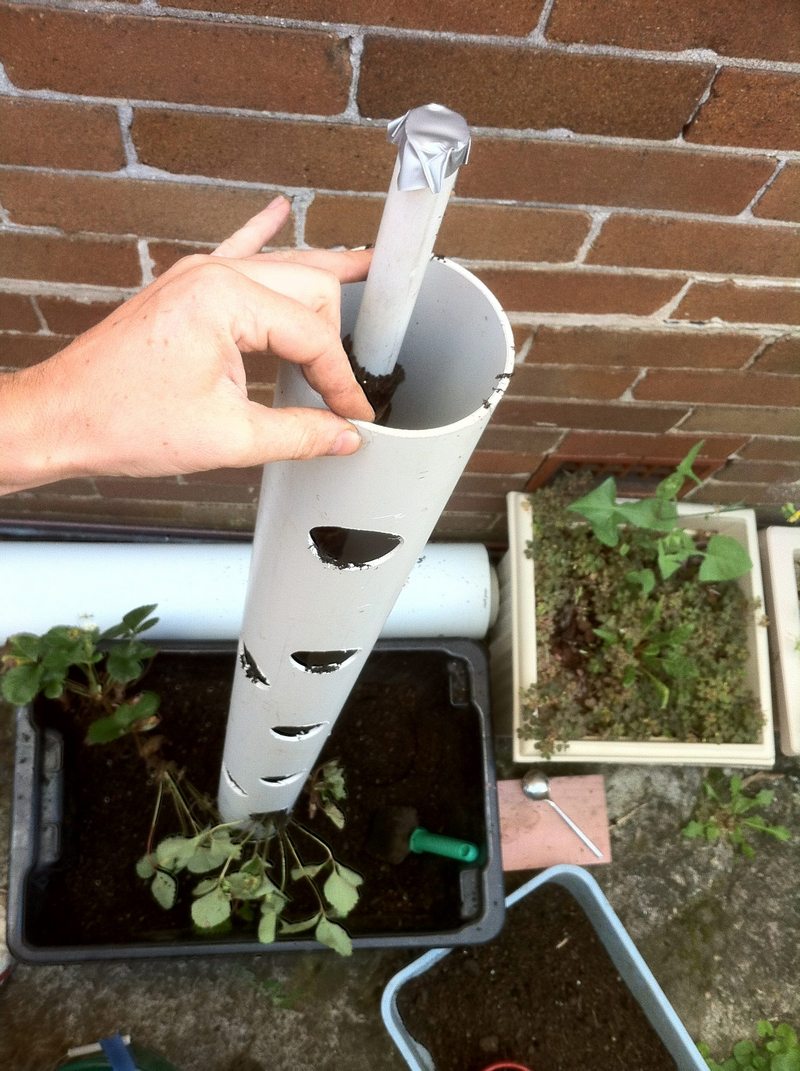In a world where we rely heavily on grocery stores for our daily needs, the thought of them running out of food can be a scary one. While it’s unlikely to happen on a large scale, it’s important to know what steps we can take to survive if it does.
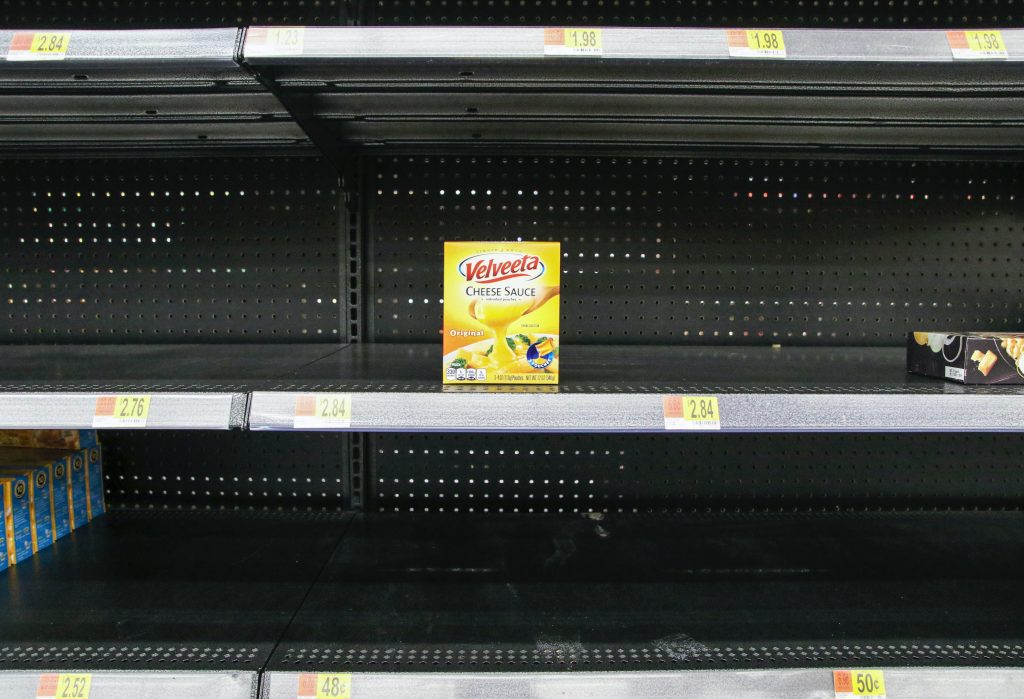
The first thing to consider is the reason for the shortage. Is it a temporary issue such as a supply chain disruption, or a long-term problem such as a natural disaster or economic collapse? Understanding the cause will help determine the best course of action.
In the event of a temporary shortage, it’s important to not panic and rush to hoard food. This will only exacerbate the problem and leave others without the resources they need. Instead, focus on purchasing what you need for the immediate future and consider alternative food sources such as local farmers’ markets or community gardens.
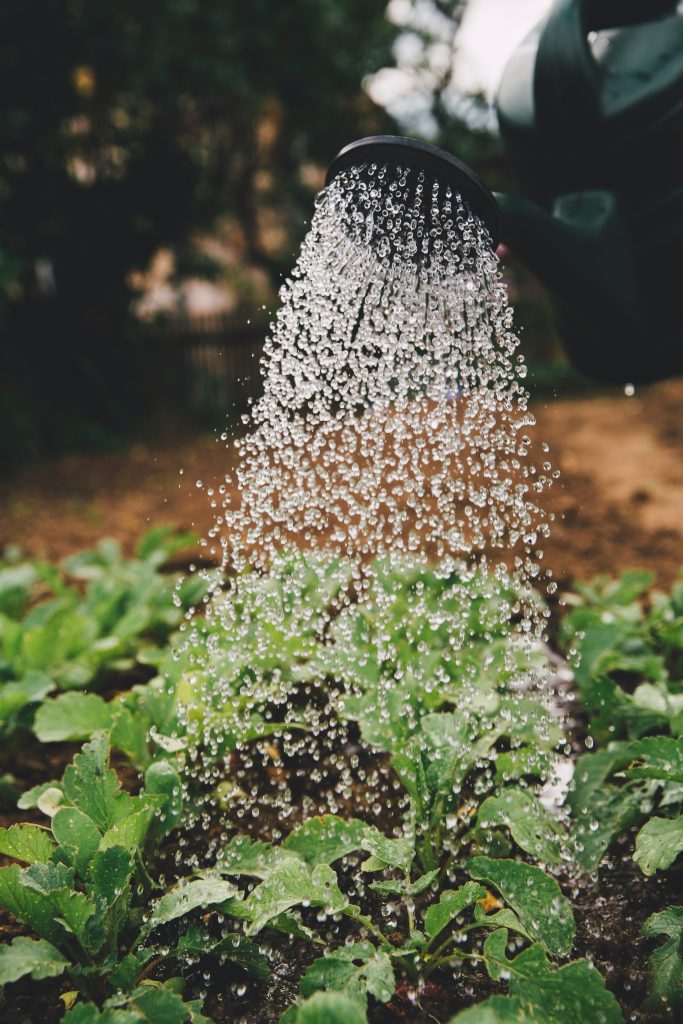
In a long-term shortage, it’s important to be prepared with a stockpile of non-perishable foods such as canned goods, dried fruits and vegetables, and grains. It’s also wise to learn how to preserve food through techniques such as canning, drying, and pickling.
Another important aspect of surviving a food shortage is knowing how to grow your own food. This can be done on a small scale through container gardening or on a larger scale through traditional gardening methods. Learning basic gardening skills and having access to seeds and gardening tools can make a big difference in a food shortage scenario.
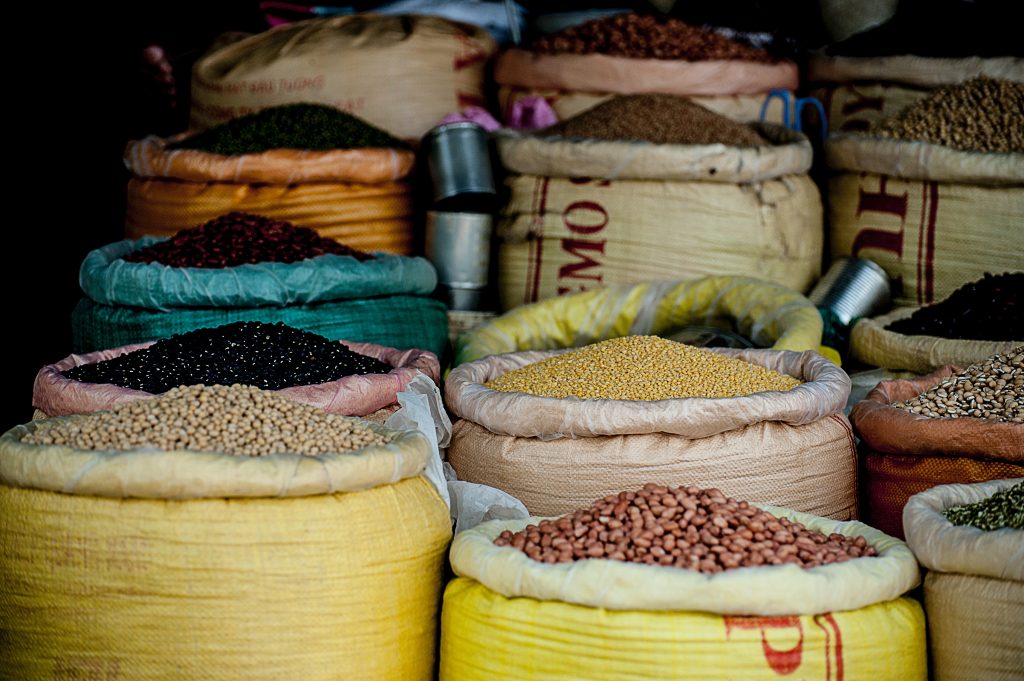
Finally, it’s important to remember that community support can be invaluable in times of need. Consider joining or forming a community food co-op or sharing resources with neighbors and friends.
In conclusion, while the idea of grocery stores running out of food can be daunting, there are steps we can take to prepare and survive. By being informed, resourceful, and community-minded, we can weather any storm.

